What’s Stopping an Open Campus Lunch Option?
Students gather in crowds at the doors of each of the two cafeteria entrances. Fluorescent lights gleam overhead as students avoid running into one another by millimeters. There is a clatter of limited hot lunches brought forth, mixed with the rush of students ushered in and out of the various lines. Masks are discarded on long tables. This is the daily lunch ritual of 6000 Brooklyn Tech students.
It is an image reminiscent of pre-2020 Tech, except now with an additional concern of the global pandemic, leading to the two lunch locations (cafeteria and auditorium) for social distancing. With thousands of students packed into the building, lunch locations are social hubs almost every period, accommodating students as they gather together and sit to unpack their meals. However, as rumors of grey PB&J and styrofoam-textured chicken suggests, there is not much enjoyment on the part of most students.
The solution? An open campus lunch option.
The concept is simple: students should be able to leave the school building during their free periods and lunch. It’s an option that an overwhelming majority of Tech students want, with 99% of students responding in favor of it according to a poll of 155 participants. In addition to serving as a respite from stuffy rooms and the daily cardio exercise of climbing to the 7th floor, there are a plethora of benefits to adopting such a policy.

First, there is the advantage of having better lunch options, whether it be grabbing a sandwich at Rocky’s or walking down to DeKalb Market Hall for some soup dumplings — especially applicable if you have several consecutive free periods. This would also lessen the school’s burden of providing lunch to over 6000 students, which has proven to be difficult during the first months of school. Additionally, students in the auditorium do not even have the hot food option due to a lack of warmers. Such an option would also accommodate a greater number of students, as the school does not always have vegetarian, vegan, and gluten-free options that many individuals need. For instance, there are no special gluten-free options for students with celiac disease, and the vegetarian options are often limited to PB&J.
While critics may argue that this option would highlight class disparities, dividing those who can afford to eat out daily and those who rely on free school meals, Tech can provide a to-go option for students who want to go out. This would also be necessary due to Tech being a Title I school, as a large percentage of students qualify for free or reduced lunch.
The option to enjoy the atmosphere around Fort Greene should be available to students irrespective of whether or not they are going to a restaurant. Additionally, students who have the time and resources to purchase lunches in the morning already do.
Furthermore, an open campus lunch option could improve students’ health by eliminating time spent preparing lunch at home. Reina Kondo (‘23), noted how she spends her time making lunch at night for the next day, thus cutting into her sleep schedule. Some students even decide to go hungry if they do not like the options available. Supporting an open campus option, according to Kondo, can serve as a way for students “to manage their own money as well as socialize with people in a more comfortable setting.”
Lastly, the pandemic provides a further incentive for the adoption of such a policy. According to the CDC, COVID-19 transmission rates are significantly higher indoors as compared to areas of open air. Consequently, the Tech cafeteria or auditorium have the potential of being hubs of high transmission, especially with students unmasked, eating and socializing. This further fuels students’ desire to go out if given the option. For instance, Stuyvesant student Nikki Zhao (‘23) claimed that “a lot of people chose to go out [at Stuyvesant] because the building is crowded and unsafe.” With over 2,000 more students than Stuyvesant, this is an even more critical issue for Tech. Allowing students to exit the building would also reduce the number of people in the building at all times, which would enable more effective social distancing.
Despite these advantages, some argue that Tech cannot adopt such a policy due to the sheer number of students. As SPARK counselor Ramona Richardson commented, “this building is like a large town…and being able to keep track of students coming in and out is difficult,” raising the question of security and attendance, along with lateness and cutting classes. However, these concerns could be addressed by applying our newly reinstated card swiping system. This would allow the school to monitor whether students are in or out of the building and promote safety.
Other schools’ lunch policies address student safety concerns. For instance, at Stuyvesant High School, parents sign a consent form to allow their student to leave the school building at the beginning of the school year, so the school does not have liability. With a student population of over 3,300, they also utilize a card swiping system to help monitor students. While this is less than the population of 6,000 students at Tech, it is nevertheless a substantial number that proves to be a successful model to follow.
An open campus lunch option would not fundamentally change the way students behave, but it would instead allow students to enjoy the areas surrounding Tech and offer a variety of lunch options aside from what is currently offered in our cafeteria and auditorium.

Yan Zhen Zhu (she/her) is a co-editor for Opinions. To Yan, journalism represents the pursuit of truth....

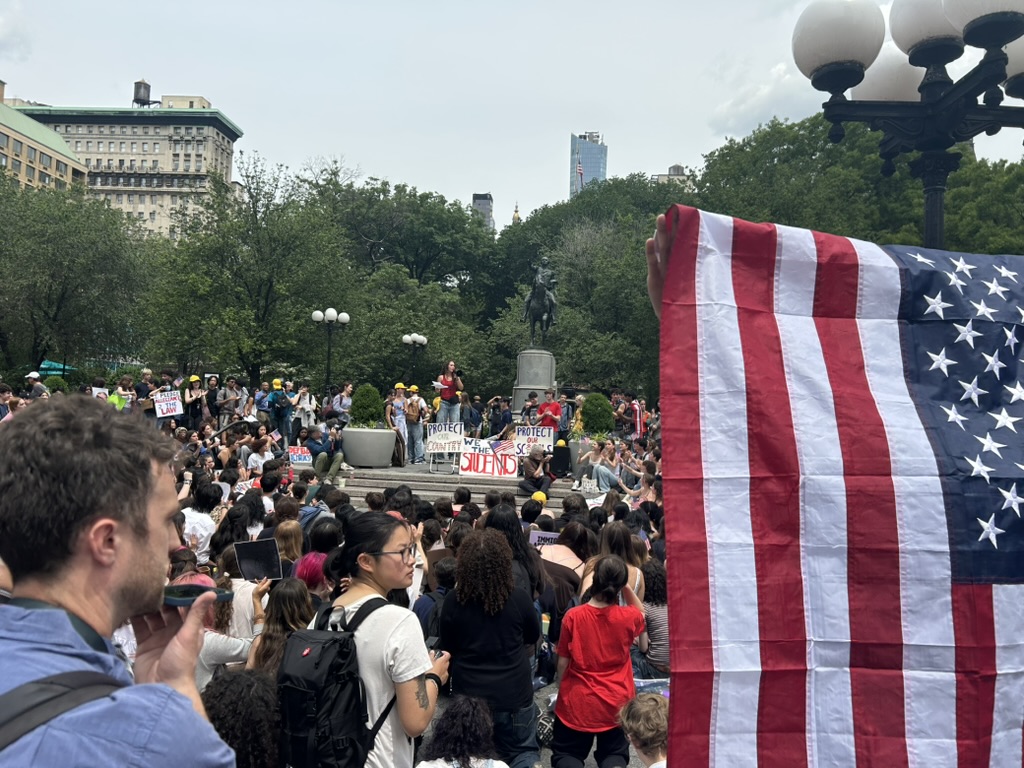



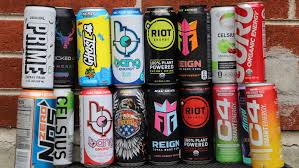
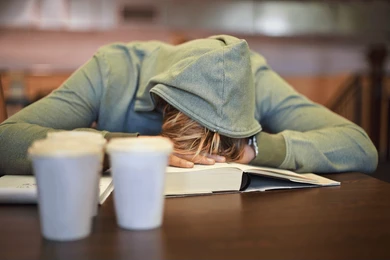


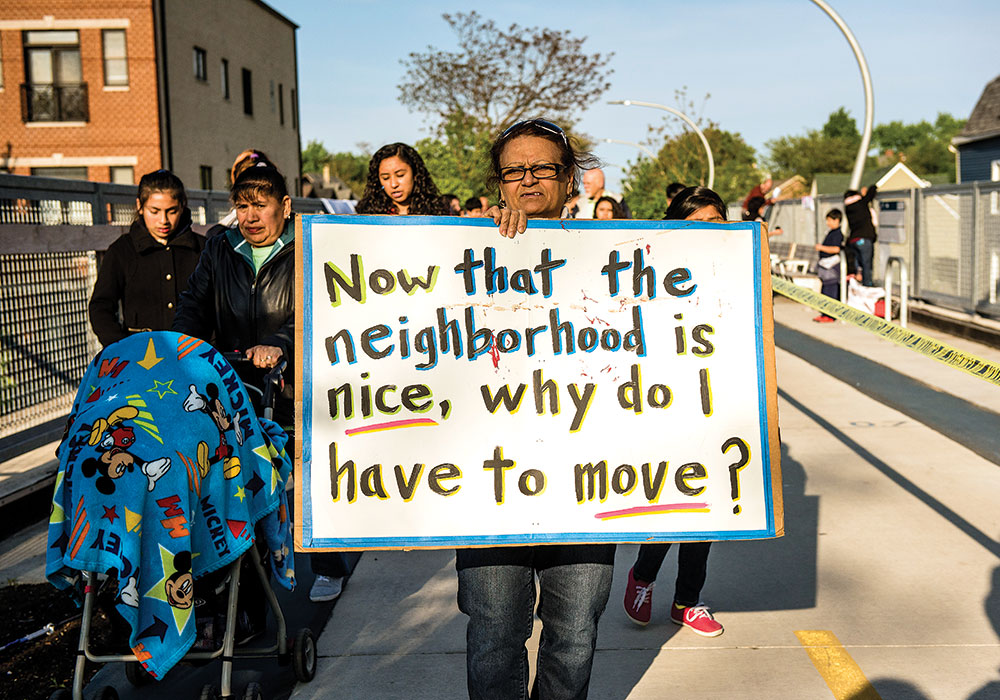


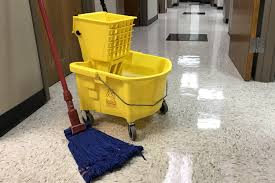

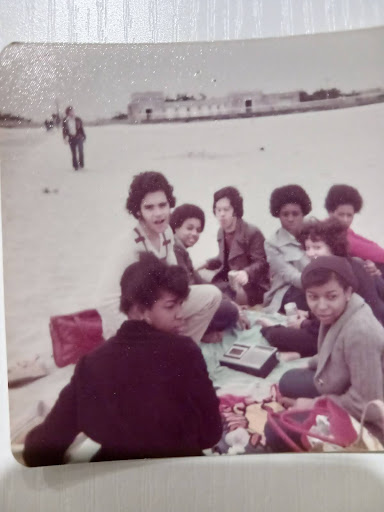
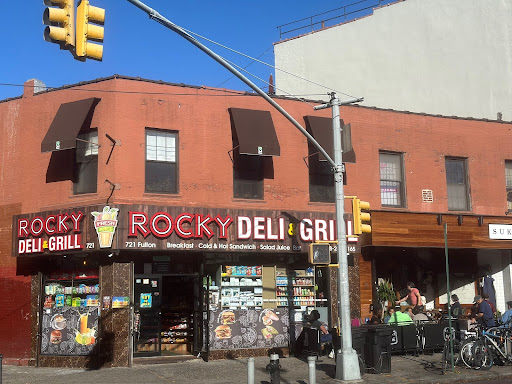
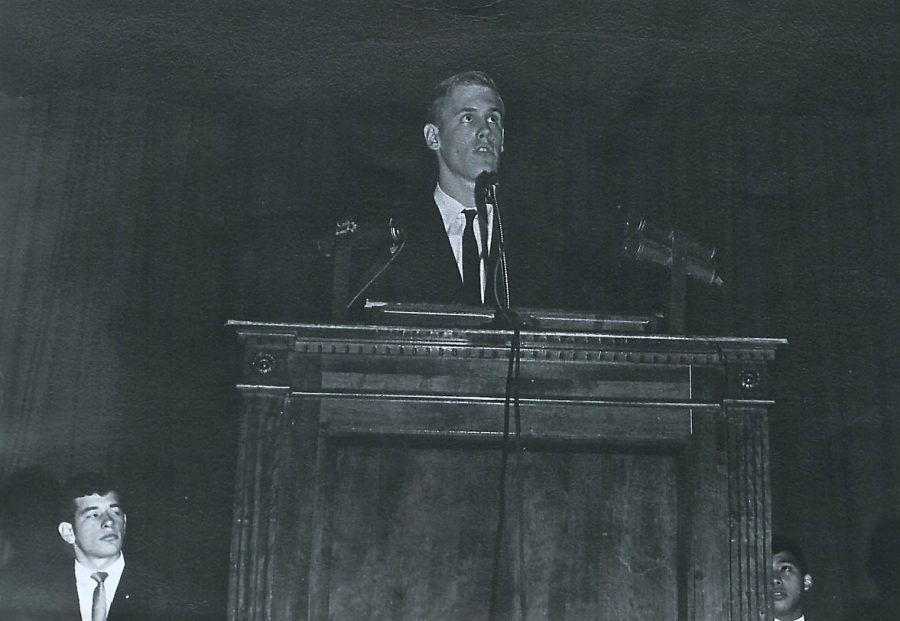
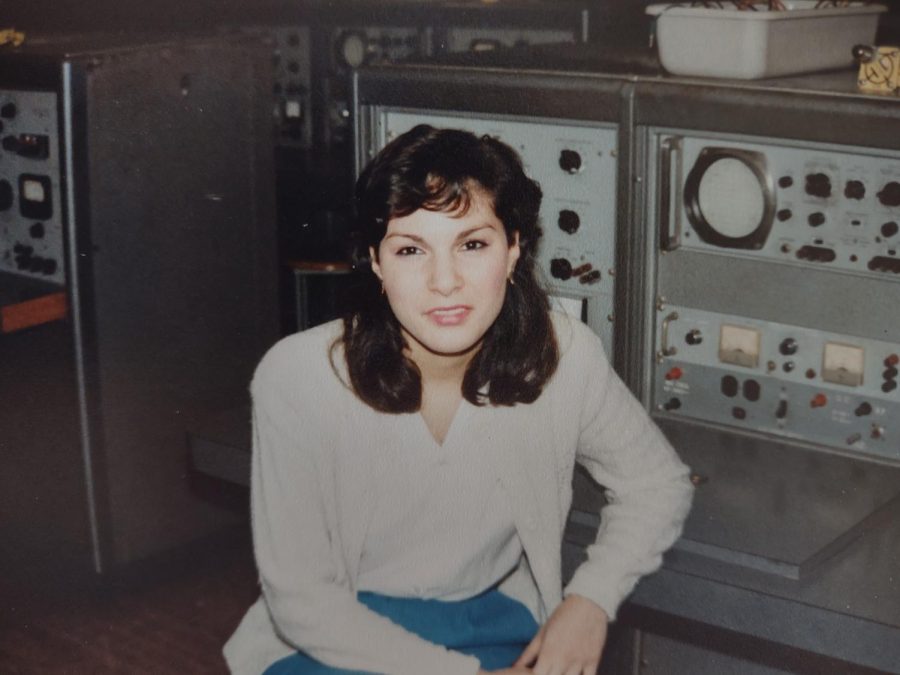
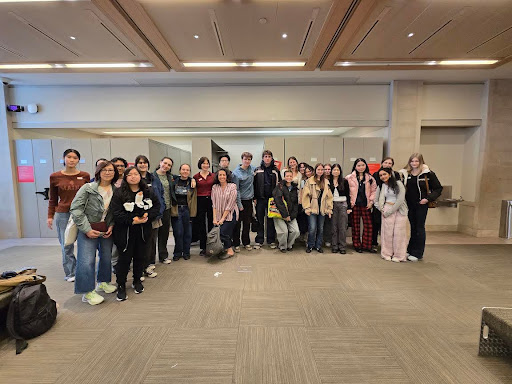
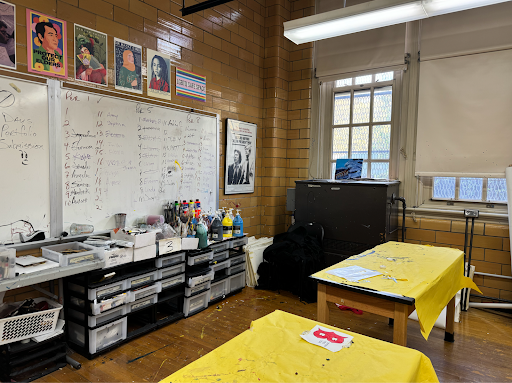






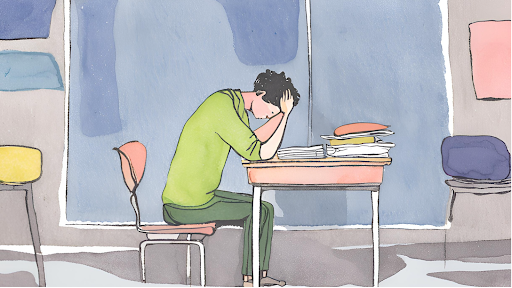

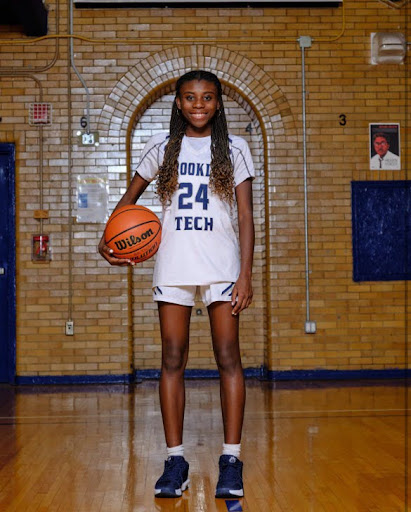
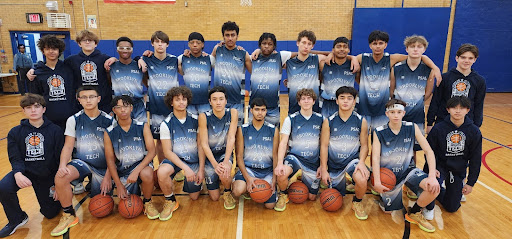

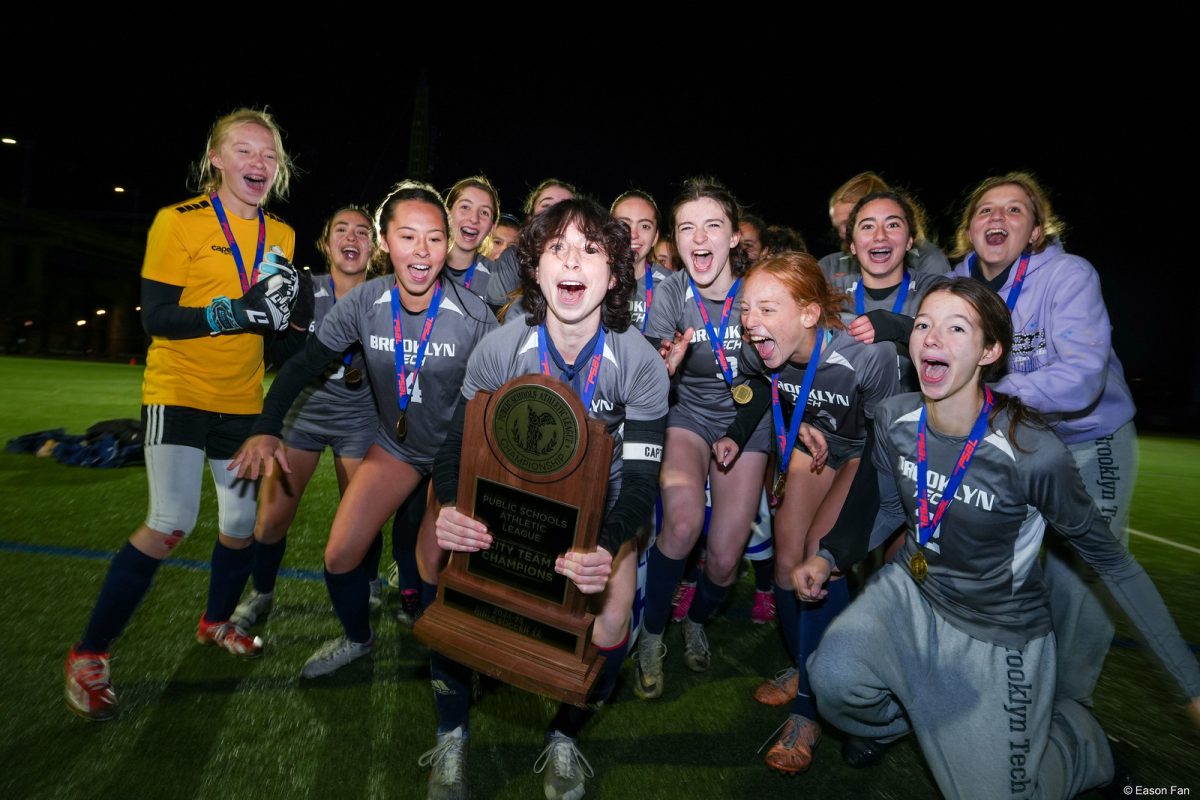
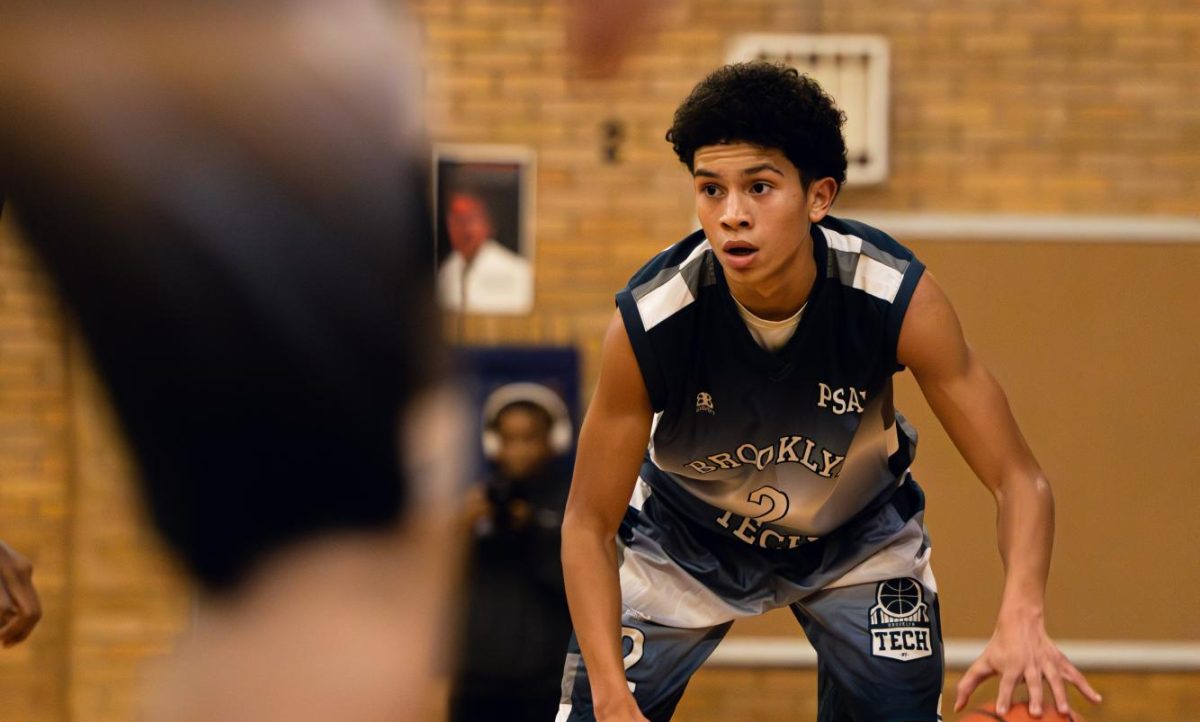
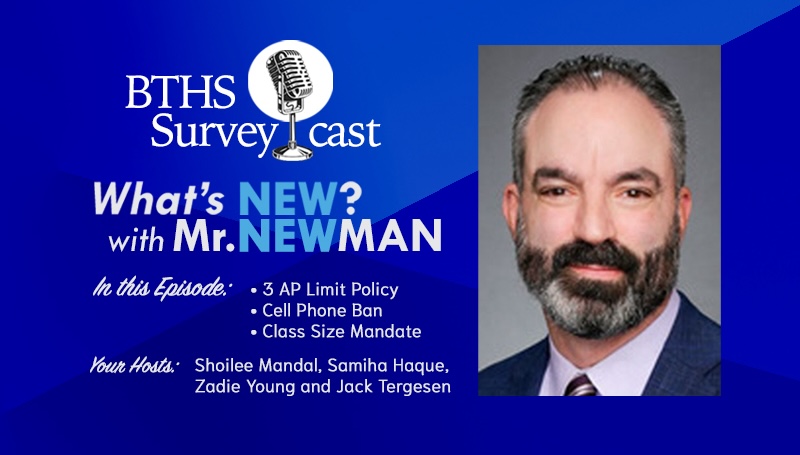
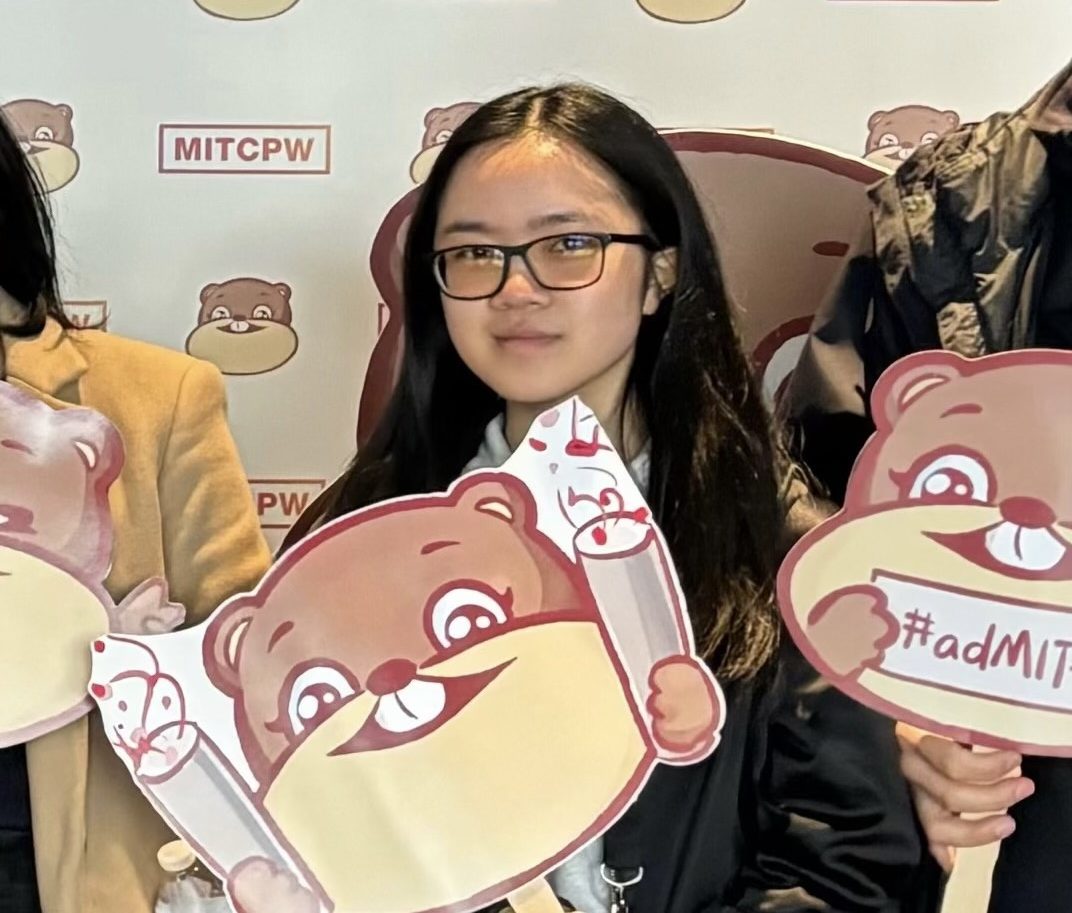



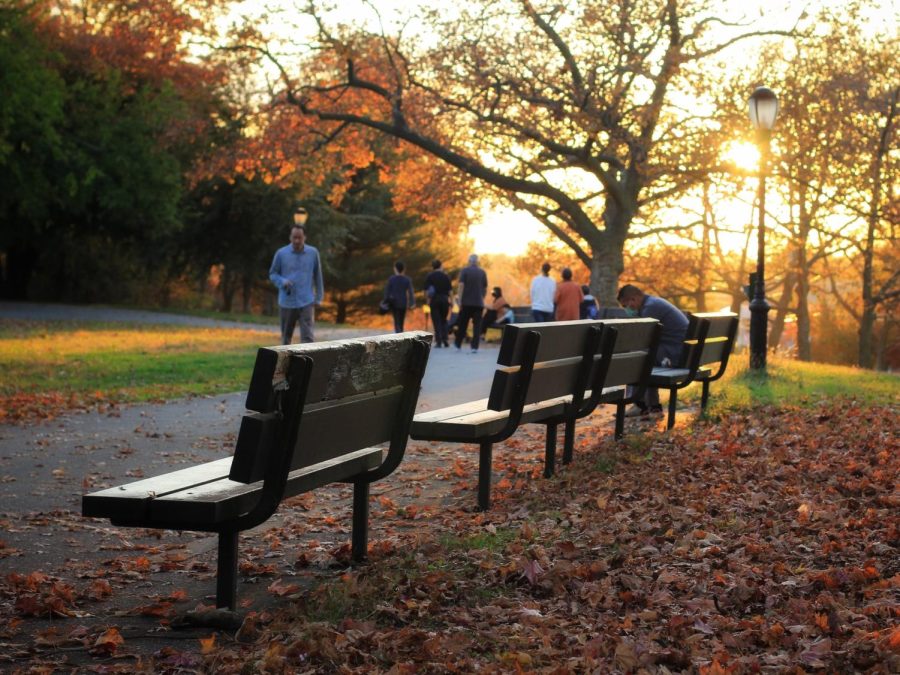

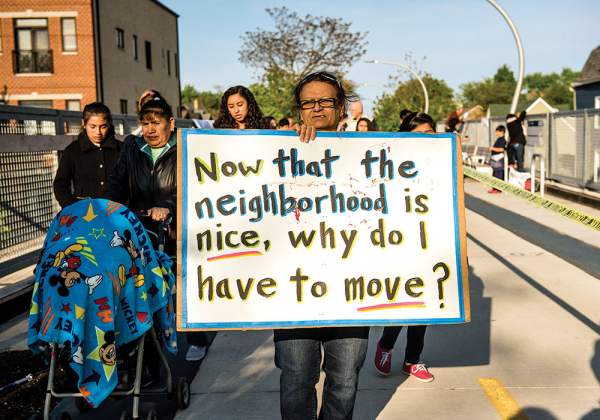
Dylan • Dec 16, 2021 at 5:02 pm
So is this gonna happen?
Isaac • Mar 29, 2023 at 11:41 am
probably not